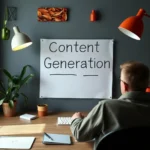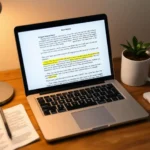AI image generator: Create 100’s of images with 1 click
Understanding the power of AI image generation
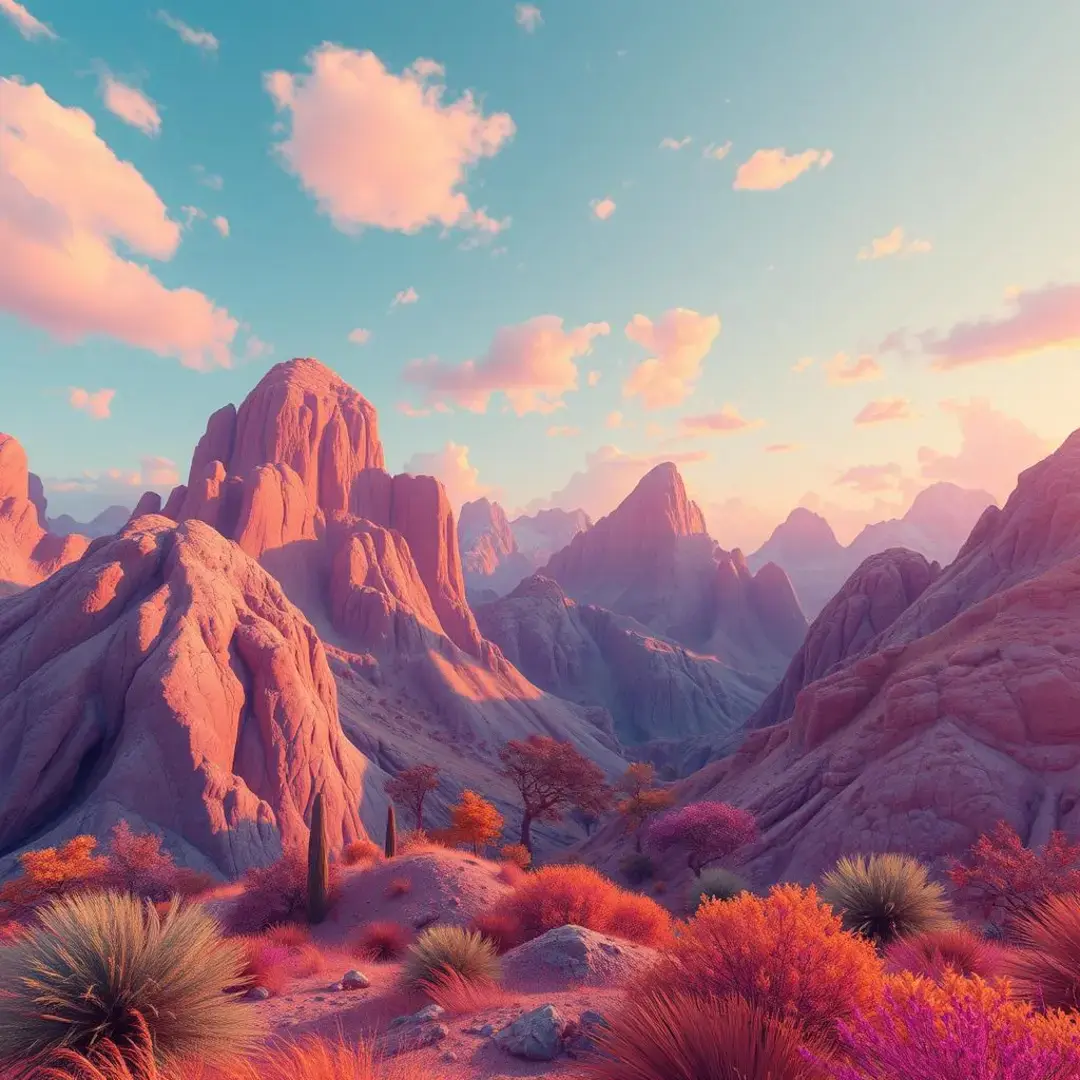
Artificial Intelligence has revolutionized various industries, and image generation is no exception. One of the most remarkable capabilities of AI is its ability to generate images in a fraction of the time it typically takes a human artist. This technology allows for the creation of hundreds of unique visuals with just a single click. Whether you’re a marketer, designer, or content creator, the potential uses of AI image generation are virtually limitless.
Exploring advanced techniques
To harness the full power of AI image generators, it is crucial to master the art of prompt engineering. Crafting specific and detailed prompts can lead to more accurate and desirable outputs. Understanding how to structure your prompts can greatly influence the complexity and quality of the images produced. Experimenting with various approaches can yield startling results and enhance your overall workflow.
There are numerous AI models available for image generation, each with its strengths and weaknesses. Familiarizing yourself with these models is essential for optimizing your workflow and achieving the desired visual results. Some models excel in generating realistic images, while others might be better at creating artistic or abstract designs. Choosing the right model can be a game changer in your image generation journey.
Most AI image generators offer customizable parameters that can greatly affect the output. Adjusting settings like resolution, the diversity of styles, and color palettes can lead to personalized images that suit your project needs. Taking the time to explore these parameters allows for greater experimentation and can result in unique visual assets that stand apart.
Optimizing for large-scale image creation
For businesses or projects requiring a high volume of images, batch processing is a crucial feature. This capability enables users to generate multiple images simultaneously, saving valuable time and resources. With advanced automation techniques, creators can streamline their workflows and enhance efficiency significantly.
AI image generation may seem daunting when it comes to resource management and costs. However, careful planning and understanding of the tools at your disposal can keep expenses in check. Utilizing cloud-based solutions or dedicated hardware can lead to cost-effective and efficient image generation processes. Monitoring usage and optimizing your resources can further improve your budgetary outcomes.
Incorporating AI image generation into your current workflow may require some adjustments. Understanding how these tools can complement your existing systems can lead to more seamless integration. Training your team on best practices and potential pitfalls is essential for maximizing the impact of AI in your operations, ensuring a smoother transition.
Advanced applications of AI image generation
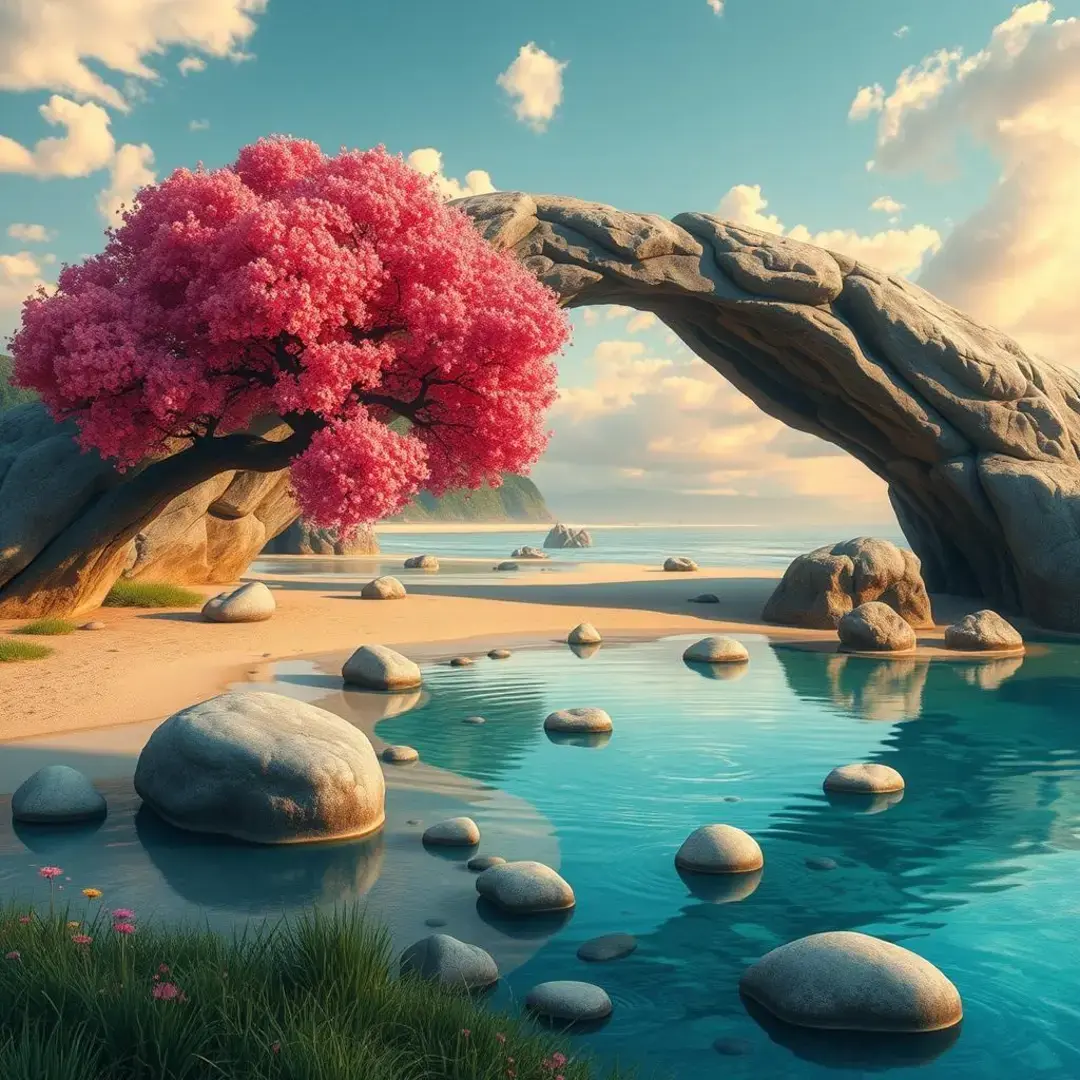
Creating consistent visual assets
Consistency across visual assets is vital for branding and recognition. AI image generation allows for the creation of cohesive images, helping businesses maintain their brand identity. Whether you need product photos, social media graphics, or marketing materials, AI can provide a unified visual language that resonates with audiences.
In today’s competitive market, strong brand identity is crucial. AI-generated images can play a significant role in reinforcing this identity by providing consistent visuals that align with brand messaging. By leveraging AI, companies can ensure that their visual elements not only look good but also convey the right message.
Marketing campaigns often require a wide variety of visuals for different platforms and formats. An AI image generator can produce diverse images tailored to each need, enhancing your agility in marketing. This approach allows businesses to stay relevant without the extensive time commitments typically associated with traditional image creation.
Pushing the boundaries of creativity
The use of AI is also transforming how we approach creativity in the arts. Artists can experiment with AI to explore new styles, pushing the boundaries of traditional artistry. With AI as a collaborative tool, the potential for innovative expression is greater than ever, allowing artists to venture into uncharted territory.
AI image generation can create unique and abstract designs that challenge conventional aesthetics. This capability opens up a world of possibilities for artists looking to break free from existing norms. By leveraging AI, creators can produce eye-catching visuals that engage viewers and provoke thought.
Troubleshooting and best practices

Common challenges and solutions
As with any technology, AI image generation comes with its own set of challenges. It’s common to encounter unexpected outputs that don’t meet your expectations. However, understanding common pitfalls and having solutions on hand can alleviate much of the frustration. For instance, refining your prompts or adjusting model parameters often resolves many generating issues.
Encountering an image that doesn’t reflect your vision can be disheartening. To mitigate this, consider introducing specificity into your prompts. Moreover, experimenting with different AI models might unveil options that align better with your creative objectives. Keep a flexible mindset, and view these generative quirks as opportunities for unexpected creativity.
Image quality can vary, and achieving consistency is a common goal for many users. Investing time into understanding the nuances of your chosen AI tool can lead to more predictable results. Utilizing higher-resolution settings and refining your prompts will often yield better image quality. Documenting successful configurations can bolster your outputs over time.
Maximizing efficiency and output
Efficient image generation can vastly improve productivity. Implementing batch processing and automation is a great start, but there are additional strategies to consider. Regularly assessing your workflow to identify bottlenecks can reveal areas for improvement, leading to faster creation times and enhanced output quality.
In the realm of AI image generation, speed is crucial, especially for fast-paced environments. Experiment with different models and settings that prioritize generation speed without significantly sacrificing quality. Optimizing your hardware and utilizing cloud solutions can also vastly improve performance. Properly maintaining your equipment and software will ensure you’re always ready to create.
To get the most out of AI image generation, it’s essential to have the right hardware and software in place. Using powerful GPUs can accelerate your image generation process, making it more efficient. Additionally, having compatible software that leverages these hardware capabilities is fundamental. Continual learning and adaptation will pave the way for ongoing improvements in your image creation workflows.
The future of AI image generation
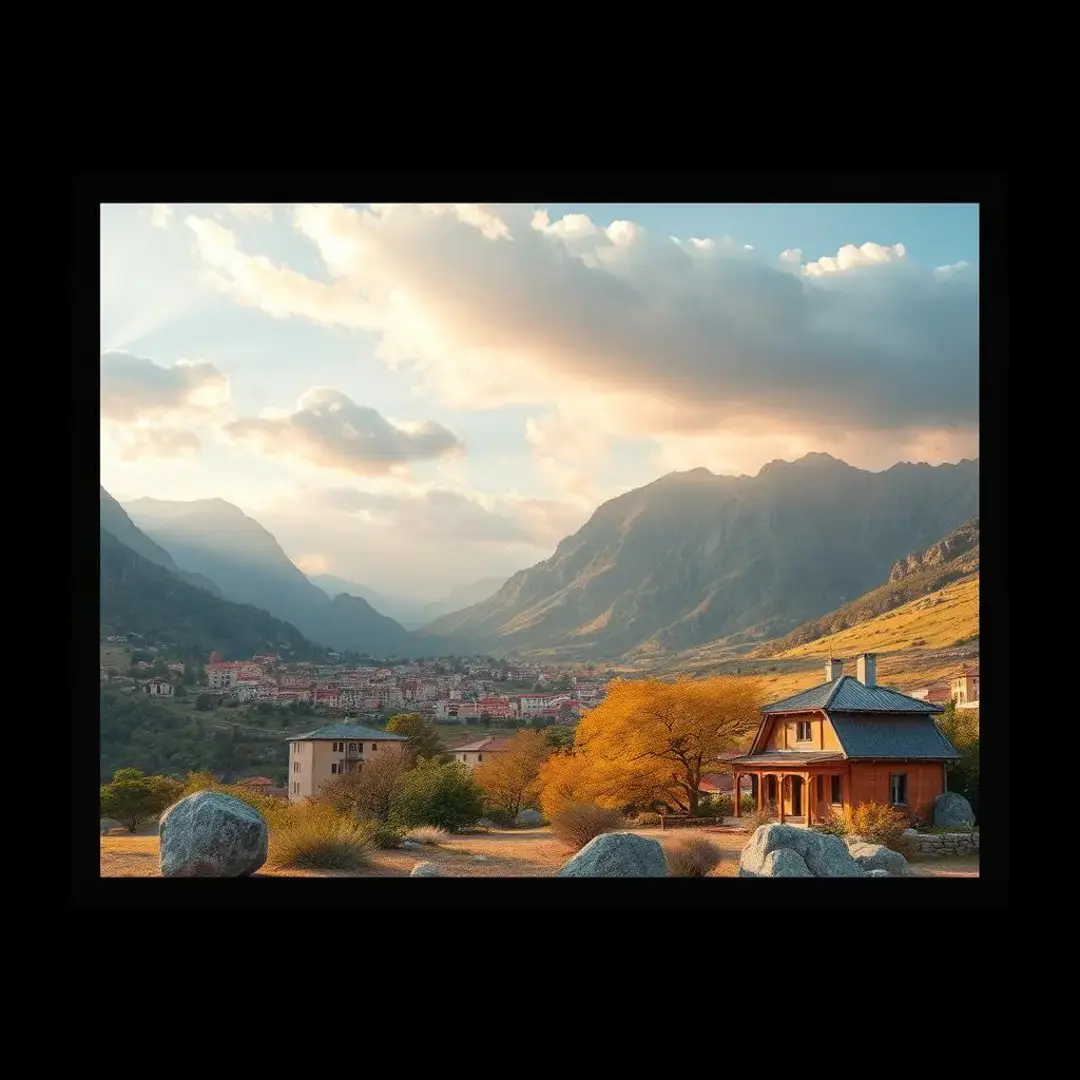
Emerging trends and technologies
The landscape of AI image generation is continuously evolving, with new trends and technologies emerging regularly. One area showing significant promise is the integration of AI within the metaverse. As virtual reality continues to gain traction, AI-generated images will play a pivotal role in creating immersive experiences. This trend presents exciting opportunities for creators and marketers alike.
As the metaverse grows, so does the need for visually engaging content. AI image generators can provide quick, diverse visuals for users and platforms within this space. The ability to create immersive experiences not only enhances user engagement but also opens avenues for unprecedented artistic expressions.
AI is set to redefine the creative industry by democratizing access to powerful imaging tools. More people can engage in content creation without needing extensive technical skills. This shift will likely result in a surge of new talent and innovative ideas, transforming traditional boundaries between designers, artists, and audiences.
Ethical considerations and responsible use
As we tread deeper into the domain of AI image generation, ethical considerations come to the forefront. Understanding and mitigating the impact of generated images, especially in areas of copyright and ownership, is essential. Emphasizing responsible use not only impacts creators but also influences public perceptions of AI-generated content.
With AI generating images autonomously, questions regarding copyright and ownership are increasingly significant. Creators must navigate these concerns carefully to avoid legal implications. Establishing clear guidelines and understanding the terms of usage for AI-generated outputs can safeguard against potential disputes and foster a responsible landscape.
AI algorithms are not without biases, which can manifest in their outputs. Being aware of these biases is paramount for responsible creation. Taking active steps to train AI models with diverse datasets can help mitigate these biases, resulting in fair and representative imagery which reflects society’s diversity.

